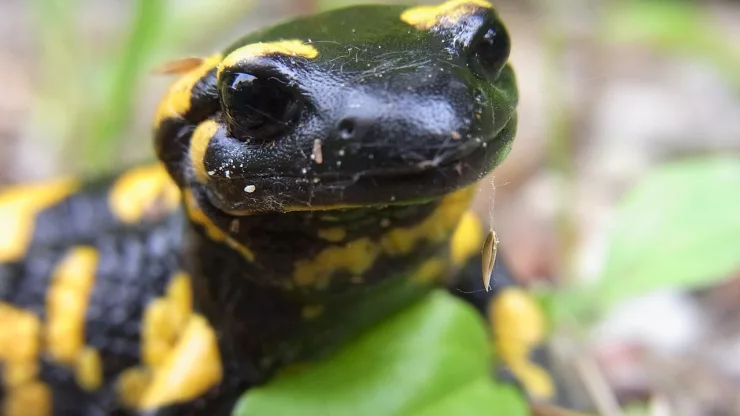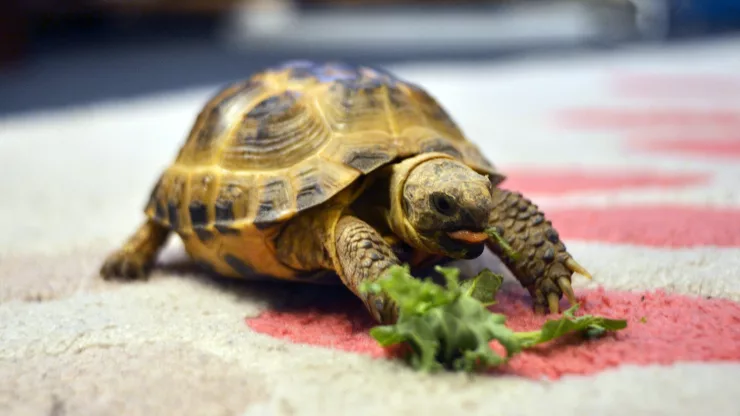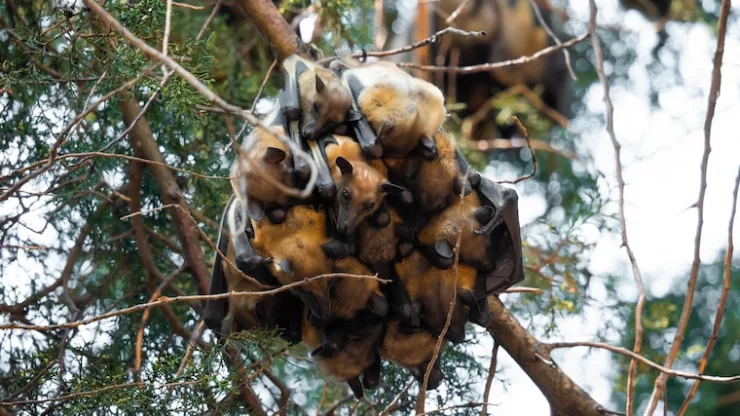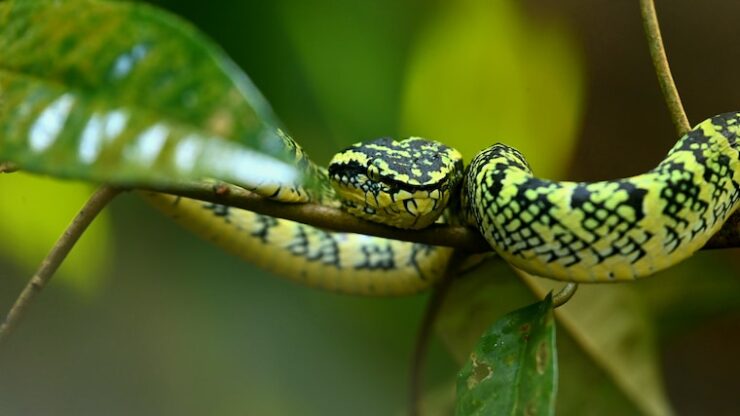Salamanders are fascinating creatures, often shrouded in myth and mystery. These amphibians are known for their unique appearance and incredible ability to regenerate lost body parts.
A closer look at these enigmatic creatures reveals a world filled with interesting behaviors, diverse species, and remarkable survival strategies.
Let’s dive into the world of salamanders and discover some amazing facts about these slippery, slimy, but ever so captivating animals.
Facts Numbered List
- Diverse Family Tree: There are over 500 species of salamanders, ranging from the giant Chinese salamander, which can grow up to 6 feet in length, to the tiny Thorius arboreus, a species of pygmy salamander measuring less than an inch.
- Remarkable Regeneration: Salamanders are one of the few vertebrates capable of regenerating lost limbs, as well as other body parts like tails, eyes, and internal organs. This ability is a focus of extensive scientific research, with implications for regenerative medicine in humans.
- Sensational Skin: Salamanders have moist skin which assists in breathing. They can absorb oxygen and release carbon dioxide through their skin, a process known as cutaneous respiration.
- Variety of Habitats: While many species are aquatic or semi-aquatic, living in or near water bodies, others are entirely terrestrial, thriving in forests, grasslands, or underground environments.
- Temperature Regulation: Being ectothermic (or cold-blooded), salamanders regulate their body temperature through external sources, often moving between sun and shade to adjust their temperature.
- Unique Reproduction: Some salamanders engage in a mating dance, and many species exhibit parental care. Notably, the female of some species can store sperm for years before fertilization.
- Defense Mechanisms: To deter predators, certain salamanders secrete toxins from their skin. The rough-skinned newt, for example, releases a potent neurotoxin that can be deadly to would-be predators.
- Carnivorous Diet: Most salamanders are carnivores, preying on insects, worms, and small invertebrates. Some larger species can even take down small vertebrates, such as mice.
- Invisible to Infrared: Salamanders lack the proteins that absorb infrared light, making them virtually invisible to infrared cameras. This could be an evolutionary adaptation to evade predators with infrared vision.
- Neoteny: An interesting phenomenon called neoteny, where adult salamanders retain juvenile features into adulthood, is observed in some species, such as the axolotl. This means they stay aquatic and gilled for their entire life cycle, never undergoing metamorphosis into a terrestrial form.
- Environmental Indicators: Salamanders are considered indicator species because they are sensitive to environmental changes. Their presence, or absence, in a habitat can help scientists assess the health of an ecosystem.
- Communication Tactics: Some salamanders communicate with potential mates and rivals through visual cues like body positioning and coloration, as well as through pheromones and vibrations.
Conclusion
Salamanders are more than just garden critters or subjects of folklore.
They play a vital role in the ecosystems they inhabit and possess a range of intriguing biological features.
From their regenerative capabilities to their secretive lifestyles, salamanders continue to fascinate scientists and nature enthusiasts alike.
Understanding and protecting these amazing creatures is essential, as they are a crucial part of our world’s biodiversity and offer insights into the health of our planet.
FAQ
What do salamanders eat?
Salamanders primarily feed on a diet of small invertebrates, including insects, worms, and spiders. Larger species may also consume other amphibians, small fish, and even small mammals.
How do salamanders breathe?
Salamanders have various ways of breathing. Some breathe through lungs, others through gills, and many perform cutaneous respiration, where they absorb oxygen directly through their moist skin.
Are salamanders poisonous?
Some salamander species are indeed poisonous, possessing glands in their skin that secrete toxins. These toxins can be harmful or even lethal to predators if ingested.
How long do salamanders live?
The lifespan of salamanders varies widely depending on the species.
Some may live for only a few years, while others, like the Japanese giant salamander, can live for more than 50 years.
Can salamanders survive out of water?
Many salamander species can survive on land, provided they have access to a moist environment to keep their skin hydrated.
However, some species are entirely aquatic and cannot survive for long periods out of water.
How do salamanders reproduce?
Salamanders have diverse reproductive strategies. Some lay eggs in water, which then hatch into aquatic larvae before undergoing metamorphosis.
Others give birth to live young or have direct development, where they skip the larval stage entirely.
What is the difference between a salamander and a newt?
Newts are a subgroup of salamanders. While all newts are salamanders, not all salamanders are newts.
Newts typically have rougher skin and spend more time in water compared to other salamander species.

I am a fun fact enthusiast and creator of Facts On Tap.
I love to share my knowledge and curiosity with readers and inspire them to learn something new every day.
When I’m not writing, I enjoy traveling, reading, and playing trivia games with my friends.





